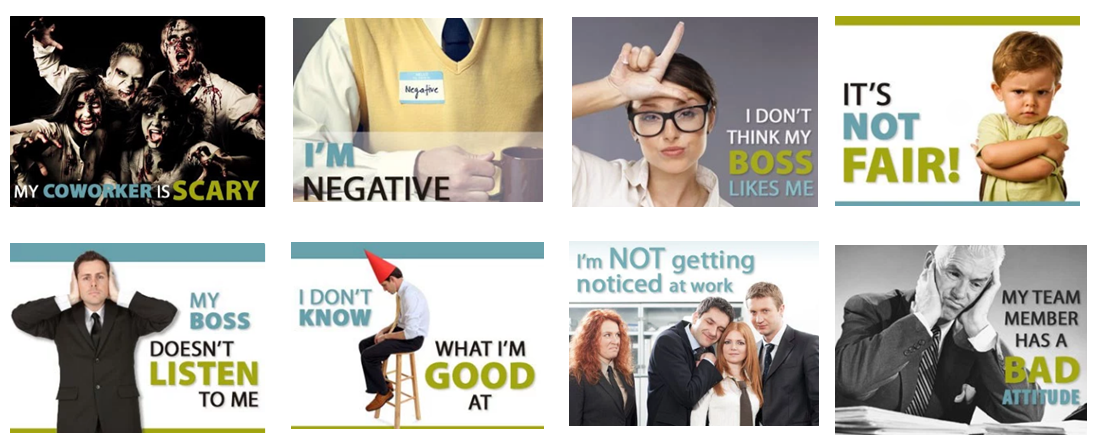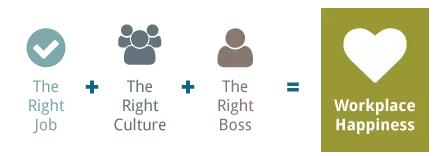Yes, they are. Emotions are contagious. Lots of research on this topic and a great TEDx talk by Brandon Smith showing that, yes, emotions do exist at work and play a much larger role than you might think. I am a huge believer that culture trumps strategy and the importance of leaders in setting the direction and an environment of trust. All the things I learned watching this 15 min TED talk:
- This research on emotional contagion started 20+ years ago with Elaine Hatfield, University of Chicago; the trigger for this emotional echo is the mimicking of other’s expressions. Someone smiles, we cannot help buy smile. In turn, that smile affects our mood.
- We are wired for this. As Seth Godin might say, this all is handled by our lizard brain. It’s all driven by our unconscious.
- It can spread like a virus – from person to person, reinforced by the culture and norms.
- Not all workplaces have the same amount of emotional labor (e.g., retail/restaurant involves lots of human interaction)
- Not all people are as sensitive or susceptible to other people’s emotions (rubbing off on them)
- Not all emotions are equally potent; negative emotions are way more powerful (hmmm, is that why negative political ads work?)
- Not all people have the same ability to impact others; leaders transmit emotion powerfully
Workplace Dysfunctions
Smith has focused on the different types of work dysfunctions here and ways to think, act, and heal them. If you click through, my guess is that you can probably related to 4-5 of them.

Right job + Right Culture + Right Boss = Workplace Happiness
Smith wrote this formula some time ago here, but this makes an enormous amount of sense. Think of a Big 4 consulting firm. . . just because you know what a senior consulting role at Deloitte should look like. . does not mean that the project lead does not impact your happiness. You have to plan/target/work with all three.

This ties into a lot of work that Professor Bob Sutton research and speaks on evidence-based management. His books on No Asshole rule, Good Boss / Bad Boss (affiliate links), are classics and easy to read. For those of us, even lazier than that – watch his eCorner lecture here entitled “Listen to Those You Lead.” If those of you even lazier than that, read my blog post summary of main points here. There are many structural, social, and habitual reasons why organizational cultures and leadership styles end up the way they do. It all takes effort. Unsurprisingly, worthwhile things take effort.
As Drucker said, “The only things that evolve by themselves in an organization are disorder, friction and malperformance.”
